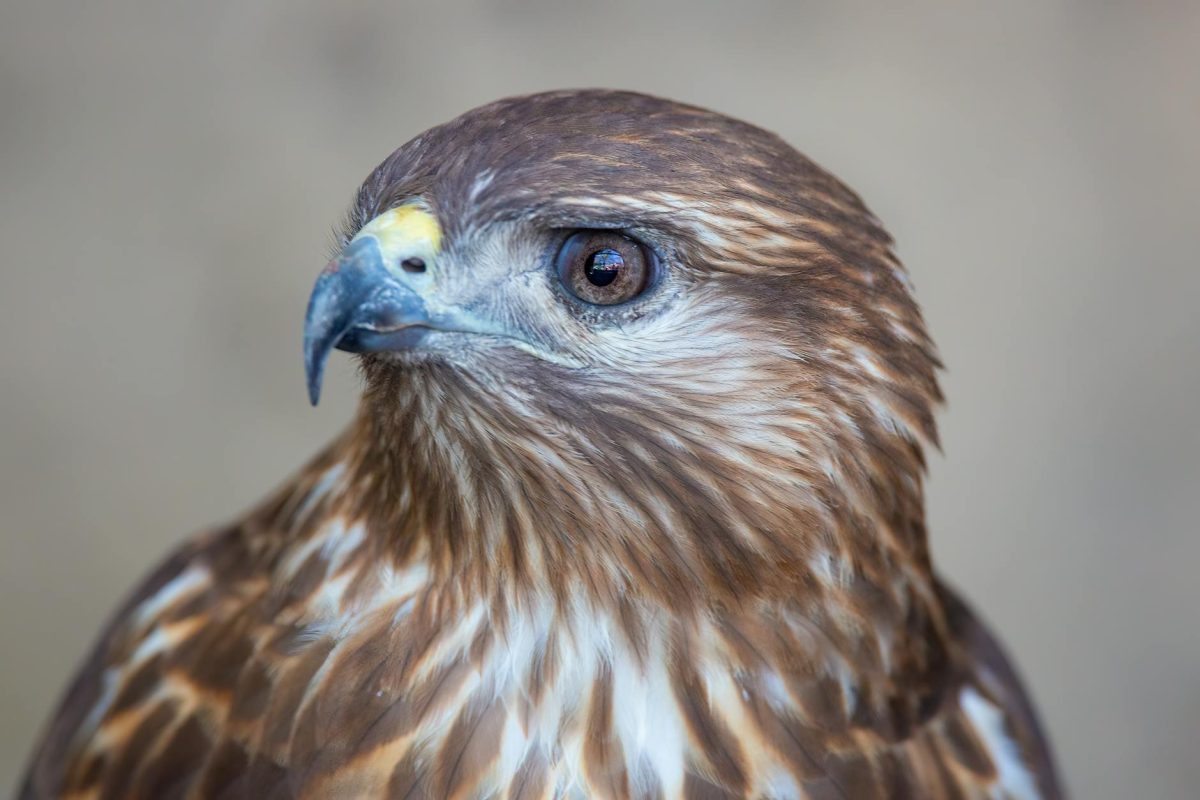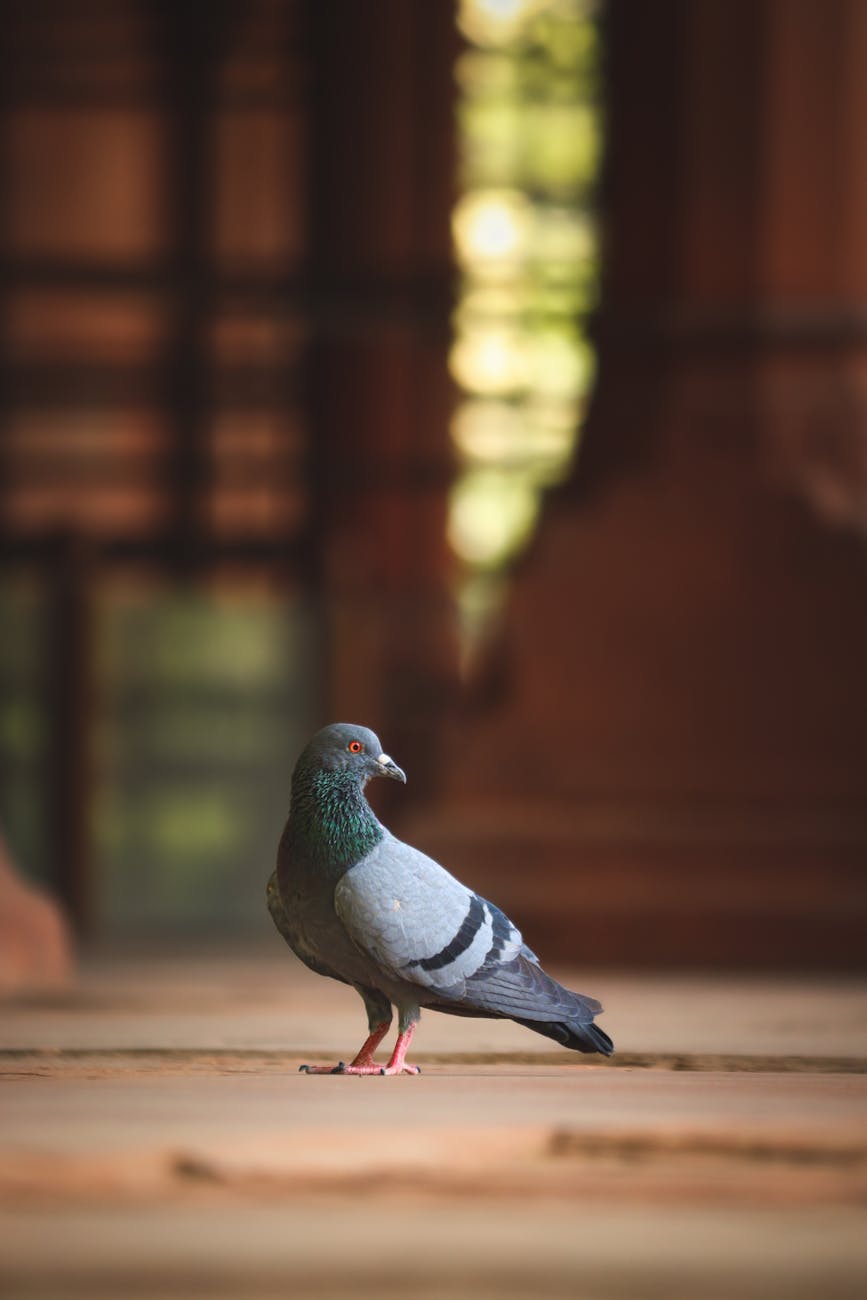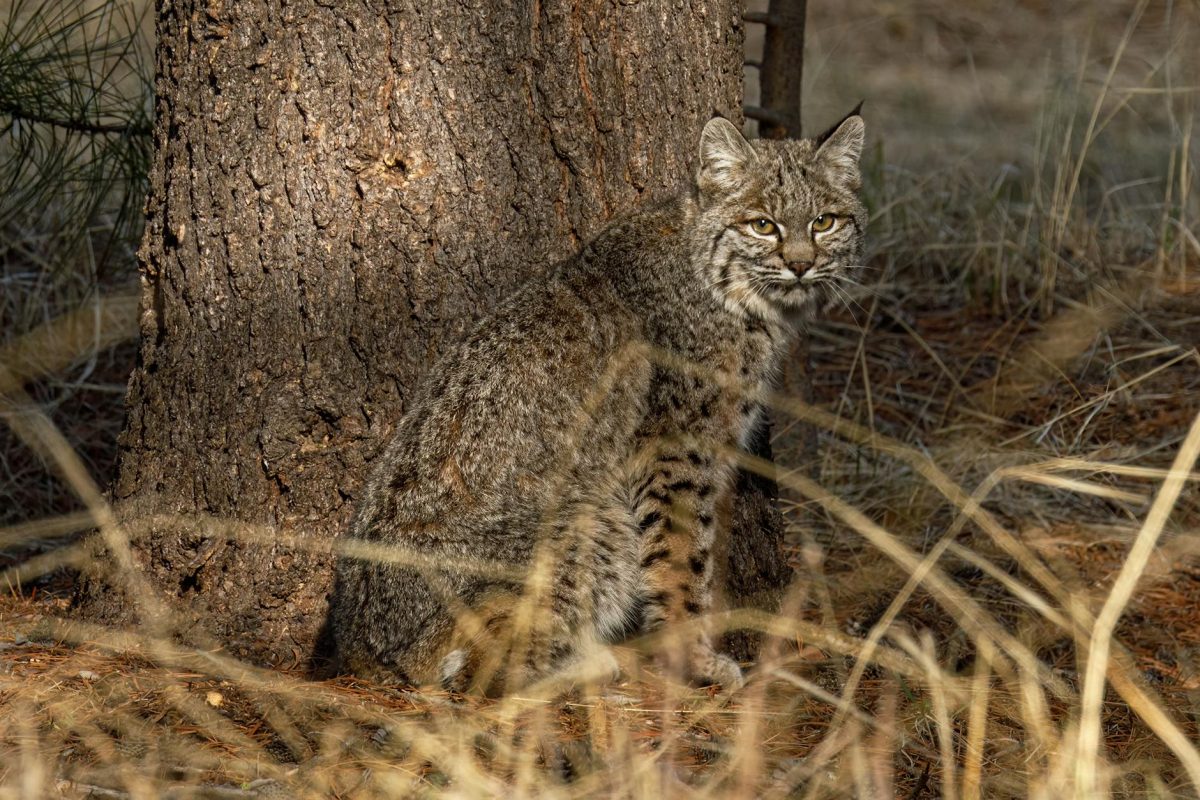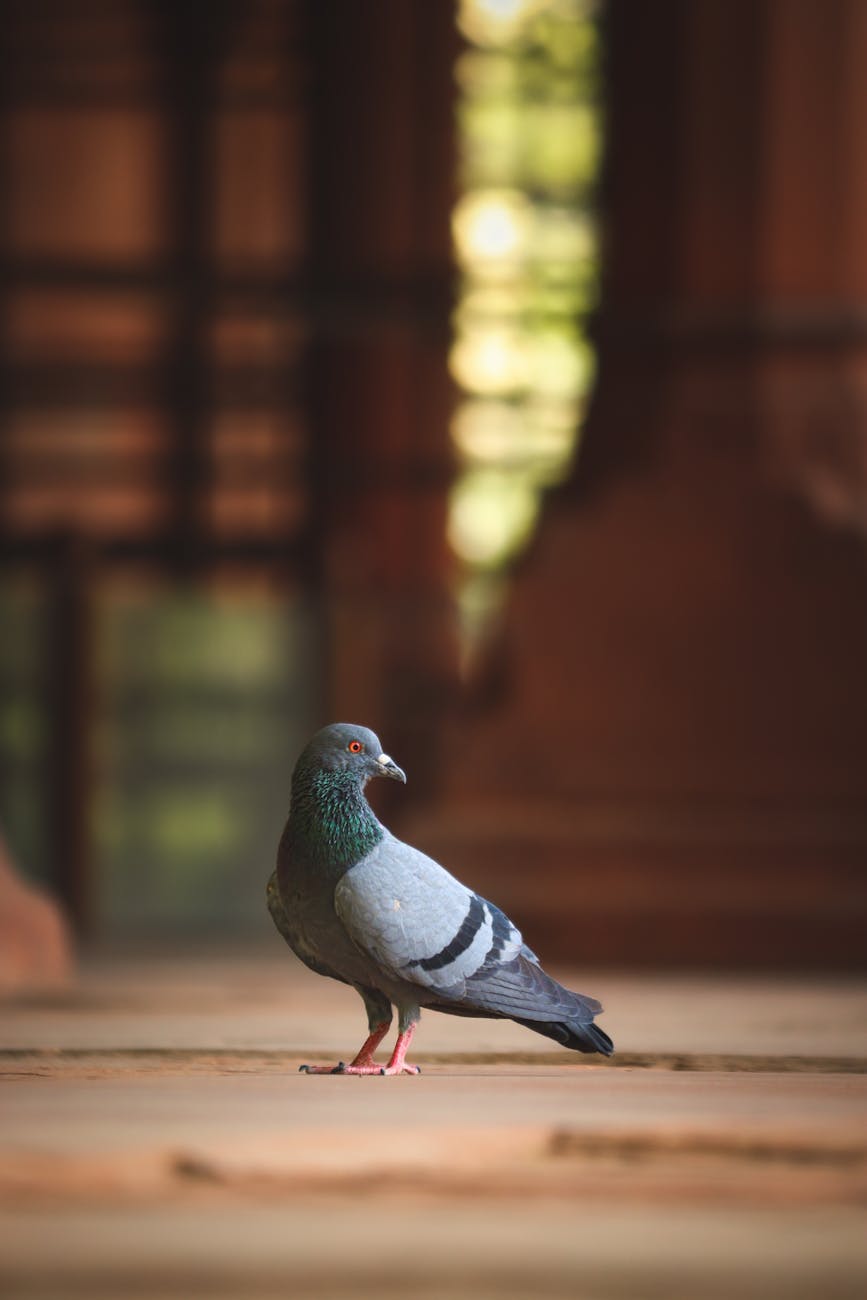Bird Migration: Discover the Fascinating Journeys of Wings Across Continents
Bird migration is one of the most remarkable natural phenomena that occur across the globe. Every year, millions of birds embark on long and arduous journeys across continents in search of better breeding grounds, food sources, and climates. This incredible phenomenon showcases the beauty of nature and the astonishing capabilities of these winged creatures. Let’s delve into the captivating world of bird migration and explore the reasons behind this behavior, the different types of migrations, and the challenges these birds face along the way.
The Instinctual Drive: Understanding Why Birds Migrate
Migration is a crucial survival strategy for many bird species, driven by the instinct to seek optimal conditions for breeding and feeding. As the seasons change, resources fluctuate, prompting birds to travel long distances to find suitable habitats. The availability of food, nesting sites, and favorable climates are key factors that trigger bird migration. By moving to different regions, birds can maximize their chances of survival and reproductive success.
Types of Bird Migration: From Short to Long Distance
Bird migration can be classified into various types based on the distance traveled and the regularity of movement. Some birds undertake short-distance migrations within a few hundred miles, while others embark on long-distance journeys covering thousands of miles. Species like the Arctic Tern hold the record for the longest migration, traveling from the Arctic to the Antarctic and back each year. Additionally, there are partial migrants that consist of populations where some individuals migrate while others remain resident.
Navigating the Sky: How Birds Find Their Way
The ability of birds to navigate vast distances with precision is a subject of fascination for researchers. Birds rely on a combination of innate abilities and environmental cues to guide them during migration. Visual landmarks, magnetic fields, celestial cues, and even acoustic signals play a role in helping birds navigate their routes. Some species possess a remarkable sense of orientation that enables them to return to the same breeding grounds year after year, showcasing the extraordinary navigational skills of these avian travelers.
Facing Challenges Along the Journey
Despite their remarkable adaptations, migrating birds face numerous challenges during their journeys. Habitat loss, climate change, predation, collisions with human-made structures, and weather extremes are some of the factors that threaten the survival of migratory birds. Conservation efforts and international cooperation are crucial in protecting crucial stopover sites and migration corridors to ensure the safety and well-being of these resilient creatures.
Bird Migration and Ecotourism: A Dual Benefit
Bird migration presents a unique opportunity for ecotourism, attracting birdwatchers and nature enthusiasts from around the world. Birding hotspots along migration routes offer a chance to witness diverse bird species in their natural habitats during peak migration seasons. Ecotourism not only generates economic benefits for local communities but also raises awareness about the importance of conservation and the need to protect critical habitats for migratory birds.
In conclusion, bird migration is a spectacular phenomenon that exemplifies the resilience and adaptability of avian species. From the Arctic tundra to the African savannah, birds undertake incredible journeys that span continents and connect ecosystems. Understanding and appreciating the challenges and wonders of bird migration is essential for promoting conservation efforts and ensuring the continued survival of these magnificent travelers. Next time you see a bird in flight, remember the incredible odyssey it may have undertaken to reach its destination.









